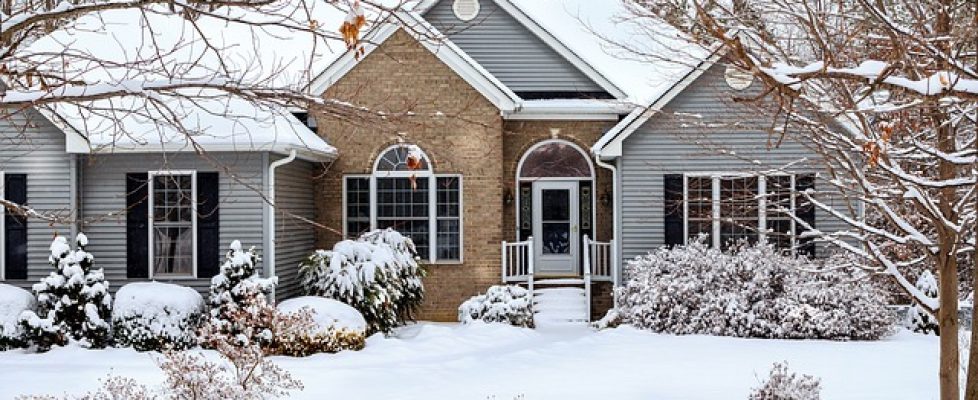Advantages of Vinyl Siding
There are many benefits of vinyl siding. It is easy to maintain, requiring only a garden hose and a soft brush. And because vinyl is virtually indestructible, it is virtually maintenance-free. Another advantage is that vinyl is environmentally friendly. It does not require painting or caulking and does not produce toxic chemicals. And best of all, it is environmentally friendly. So why is it so popular? Read on to learn more about its advantages.
Vinyl siding is a composite material made of two different layers: polyvinyl chloride (PVC) and a resin. The composition of the vinyl is regulated to provide a high level of color and UV-light protection. In addition, this siding is easy to maintain because it does not rot and rarely requires painting. It offers the appearance and feel of wood, but with the durability of vinyl. And it’s highly insulating, making it a great choice for homes.
While vinyl siding is made to resemble various materials, its tendency to fade is a drawback. Over time, it will lose its color and become unappealing. Fortunately, the production of vinyl siding has improved to the point where it now comes with a full range of color choices and finishes. With the introduction of acrylic and acrylate styrene-acrylonitrile (ASA), the material can protect itself from fading and damage caused by ultraviolet rays.
As far as vinyl siding goes, there is a wide range of options. It’s incredibly durable and reliable, and the variety of colors and designs available is unparalleled. It’s dent-resistant, scratch-resistant, and almost immune to harsh weather. It can even mimic other materials, including brick, wood, and metal. And because of its resistance to weather and insects, vinyl siding is one of the most versatile and cost-effective types of siding.
The American Society of Testing and Materials recommends that vinyl siding be 0.035 inches thick. A thicker panel is better suited to a more expensive home. Moreover, you can check whether a particular type of siding is suitable for your area. If you live in a cold climate, a thinner panel may be better suited. But remember that vinyl siding is not the only benefit of vinyl siding. It can hide problems that may be hidden under the surface.
When considering the environmental benefits of vinyl siding, you should be aware of its disadvantages. The material is made of two layers of polyvinyl chloride (PVC) and a layer of resin. Each layer has different properties. Some of them have UV-light protection while others do not. For example, a low-gloss vinyl siding resembles painted wood. In addition, many manufacturers are now offering a range of colors and grain patterns to make it look like real wood.

